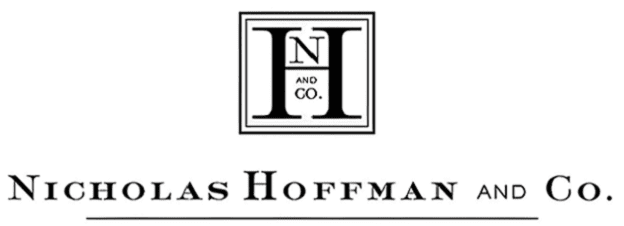
Egg Prices Fall Just in Time
This year, while sitting around the kitchen table with family dyeing eggs as part of our Easter Sunday tradition, the recent spike in egg prices naturally came up in discussion. Several members of my family made quips about how the eggs must have put a dent in the budget this year, only to find on our grocery store receipt that a dozen eggs only cost us $4.27.
Many of us are aware of the increase in prices over the past 6 months. Last October, the national average for a dozen eggs in U.S. cities was $3.37, and prices climbed to $6.23 in March, nearly an 85% increase as of the most recent data point according to the U.S. Bureau of Labor Statistics. In addition to being surprised about the lower price we were charged, several family members noted that they thought we would be lucky to find any cartons on the shelves at all, as there had been several instances recently where they found the grocery store completely cleaned out.
The USDA also tracks the price of eggs by monitoring the prices of truckload quantities of egg shipments each week. The national averages showed a sharp drop in prices of over 60%, as measured from the early March peak through last week, indicating that we were not just lucky to find a cheap dozen, but prices broadly appear to be falling. While many of us had heard about the outbreak of avian flu, we wondered how the shortage got so bad and whether the recent pullback in prices would be a temporary reprieve or a long-term trend back to normalcy.
The H5N1 avian influenza outbreak wiped out nearly 170 million chickens, turkeys, and other birds in the U.S. since 2022, decimating egg‑laying flocks and reducing overall production capacity. Beyond lost birds, the culling surge disrupted distribution networks and created logistic bottlenecks across packing and transport operations. Compounding these challenges, staffing cuts at the USDA—part of broader federal layoffs—strained inspection and response efforts, further slowing the restocking of grocery store shelves.
To curb shortages and tame soaring prices, Agriculture Secretary Brooke Rollins recently unveiled a $1 billion strategy for combating the avian flu. Moreover, international imports are rising, which is driving immediate pricing relief. The USDA forecasts a 7% uptick in egg imports this year, with Turkey alone slated to ship over 420 million eggs to the U.S. market, softening the domestic shortfall.
It appears that the recent drop in prices was too late for a supplier of egg‑painting kits, Natural Earth Paint. According to NBC, this supplier sold only 7,000 kits this Easter compared with a more typical level of 40,000–50,000. It seems that anticipated sticker shock and scarcity have kept many families from dyeing eggs in the traditional way. Only time will tell, but we are hopeful that by next Easter, prices for our favorite breakfast staple will stabilize at a more affordable level, and families who participate can feel confident about getting back to egg dyeing traditions!
Corey Erdoes
